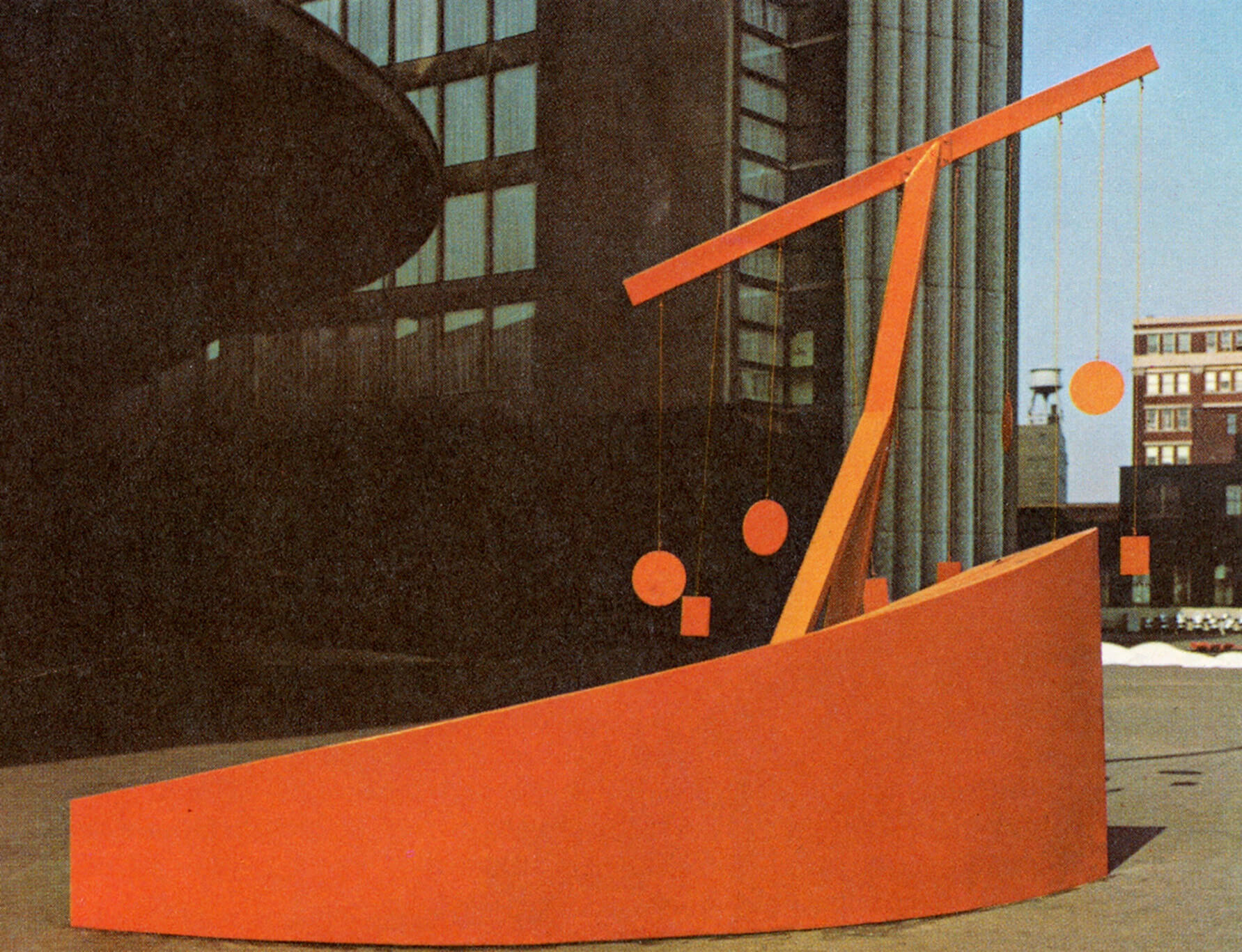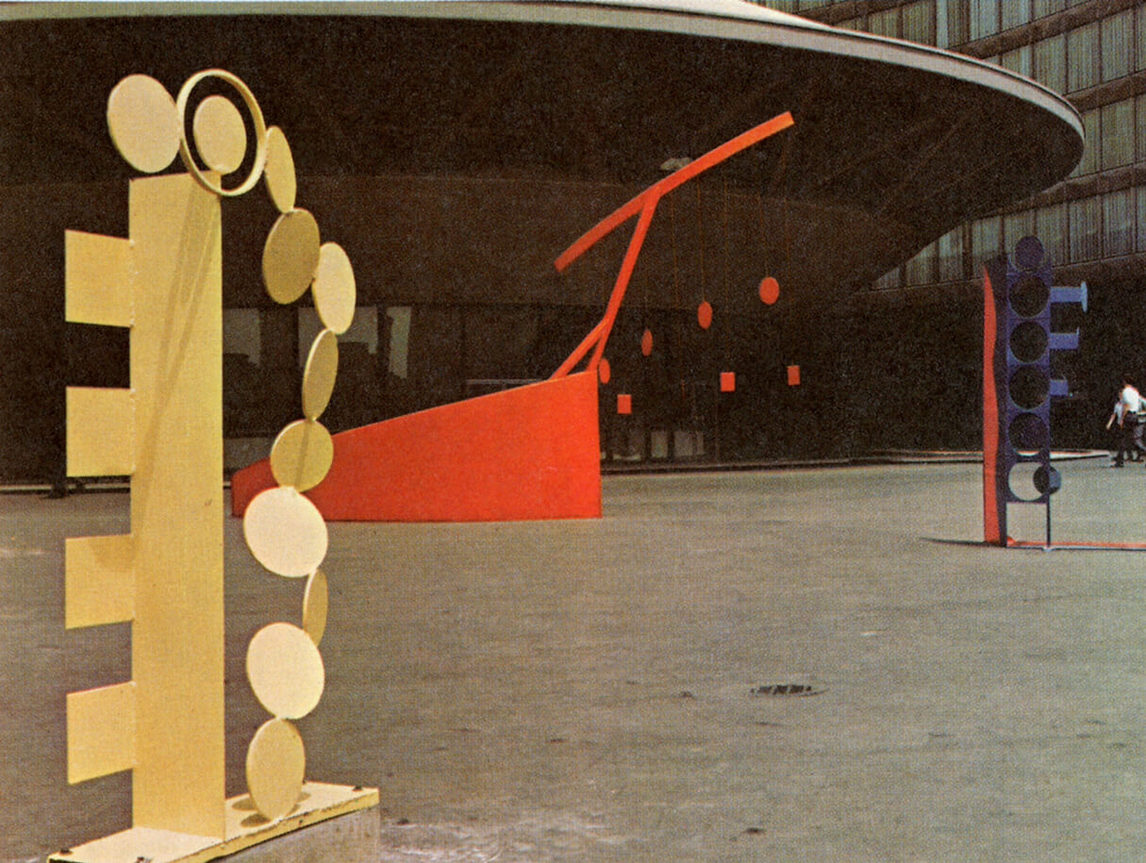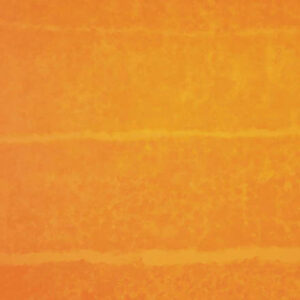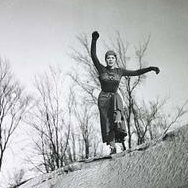Aeris Ludus 1967

Françoise Sullivan, Aeris Ludus, 1967
Painted steel, 300 x 549 x 152.5 cm
Musée d’art contemporain de Montréal
In the mid-1960s Sullivan started to experiment sculpturally with movement. Hung above the ground by cables that tend to disappear in the light, Aeris Ludus comprises a series of circular and square shapes that sway in the wind in a way that evokes dance, and that chime when they collide. The dynamic effect is accentuated by the apparent mismatch between the enormous, bright red, asymmetrical steel base and the lighter upper structure from which the seemingly weightless shapes dangle into the void. Unlike Sullivan’s earlier sculptural works, such as Concentric Fall (Chute concentrique), 1962, and Callooh Callay, 1967, Aeris Ludus does not simply suggest movement: it is a kinetic sculpture. It is very different, however, from the mechanized kinetic works that were being produced in the 1960s by Nicholas Schöffer (1912–1992) or the wind-activated structures of George Rickey (1907–2002) that follow regular trajectories. The movement in Sullivan’s work is irregular and unpredictable, and recalls her earlier danced improvisations.

The playfulness of the work—its title means “aerial play” in Latin—is in stark contrast with the industrial materials that it is made of, as well as with the welding techniques Sullivan used in its creation. That lightheartedness reveals how Sullivan always looked askance at the seriousness and hard-edgedness of machine aesthetics and Minimalism, which played down the artist’s subjectivity and were both dominant in Quebec sculpture during the 1960s, most notably in the work of Ulysse Comtois (1931–1999), Pierre Heyvaert (1934–1974), and Yves Trudeau (b. 1930–2017).
Aeris Ludus was presented in 1967 as part of Sculpture ’67, an open-air exhibition organized by the National Gallery of Canada in the context of Canada’s centennial celebrations and held in Nathan Phillips Square, by Toronto City Hall. It was later donated by the artist to the Musée d’art contemporain de Montréal.

 About the Author
About the Author
 More Online Art Books
More Online Art Books
 Acknowledgements
Acknowledgements